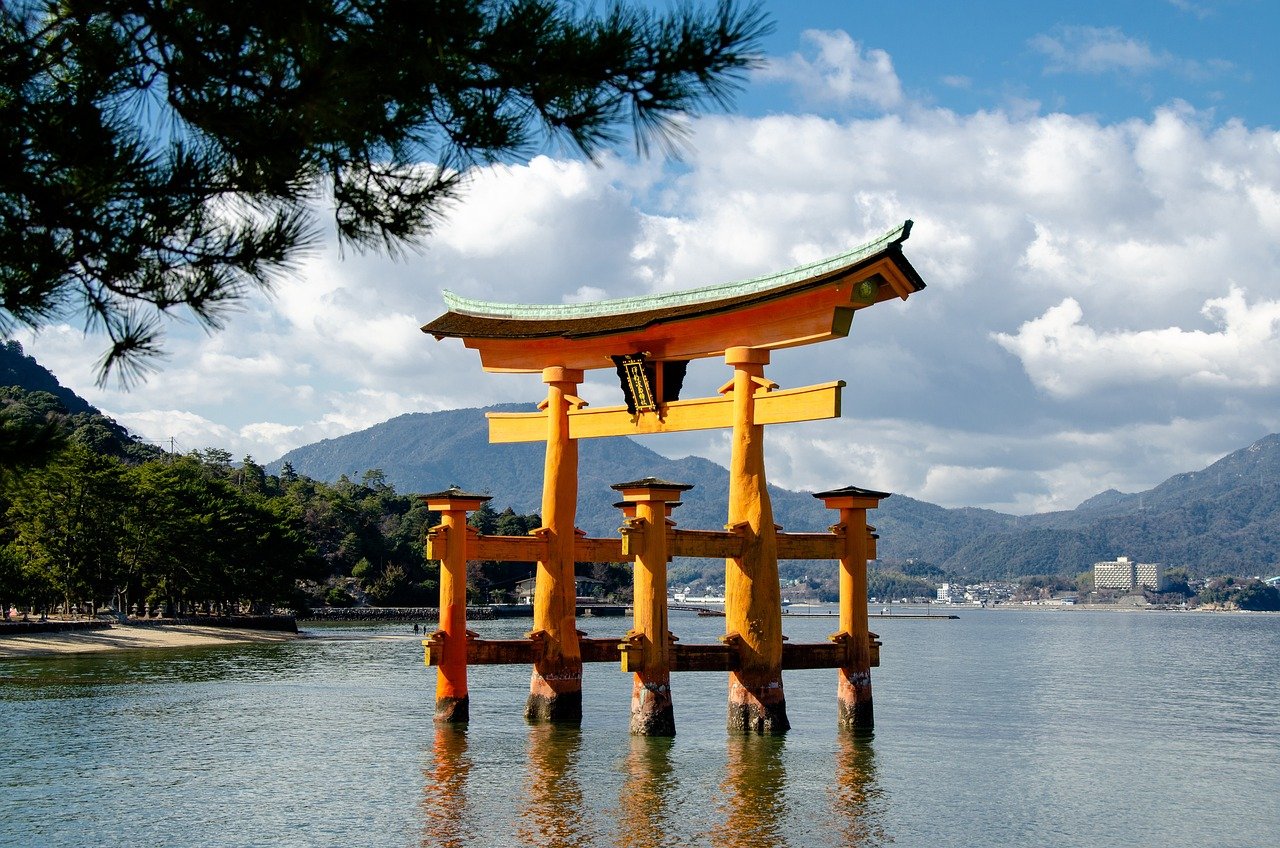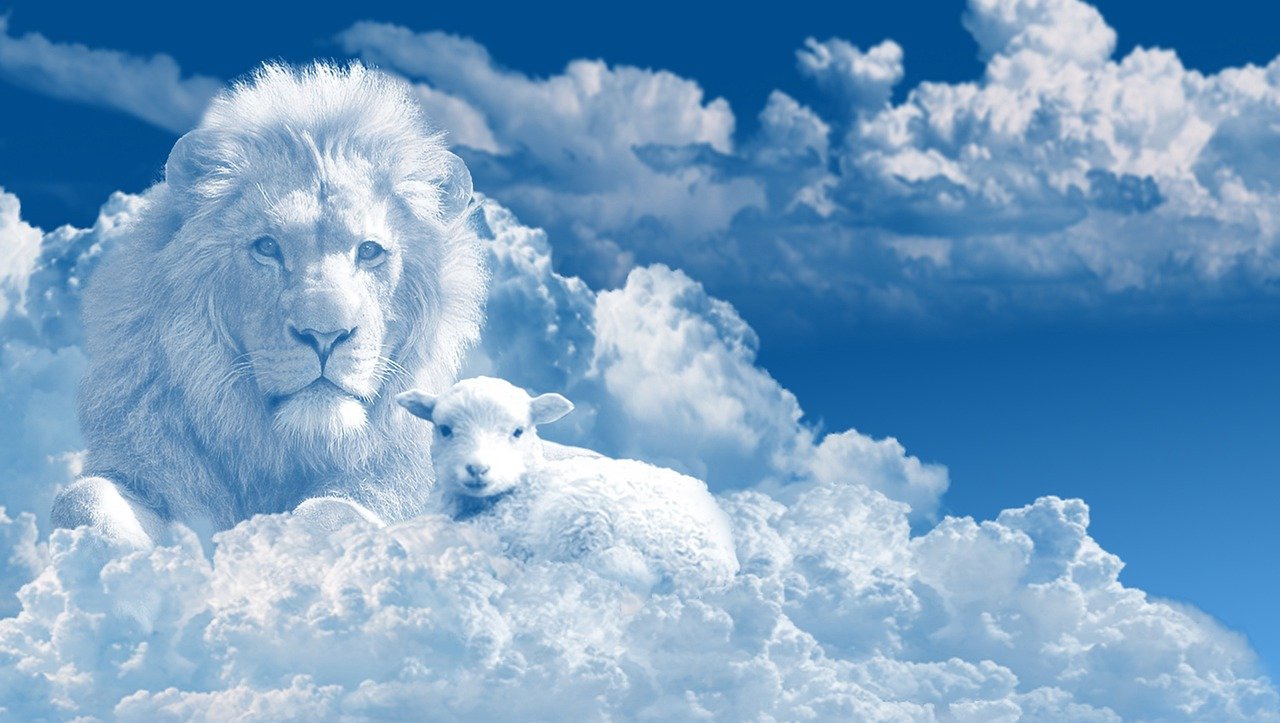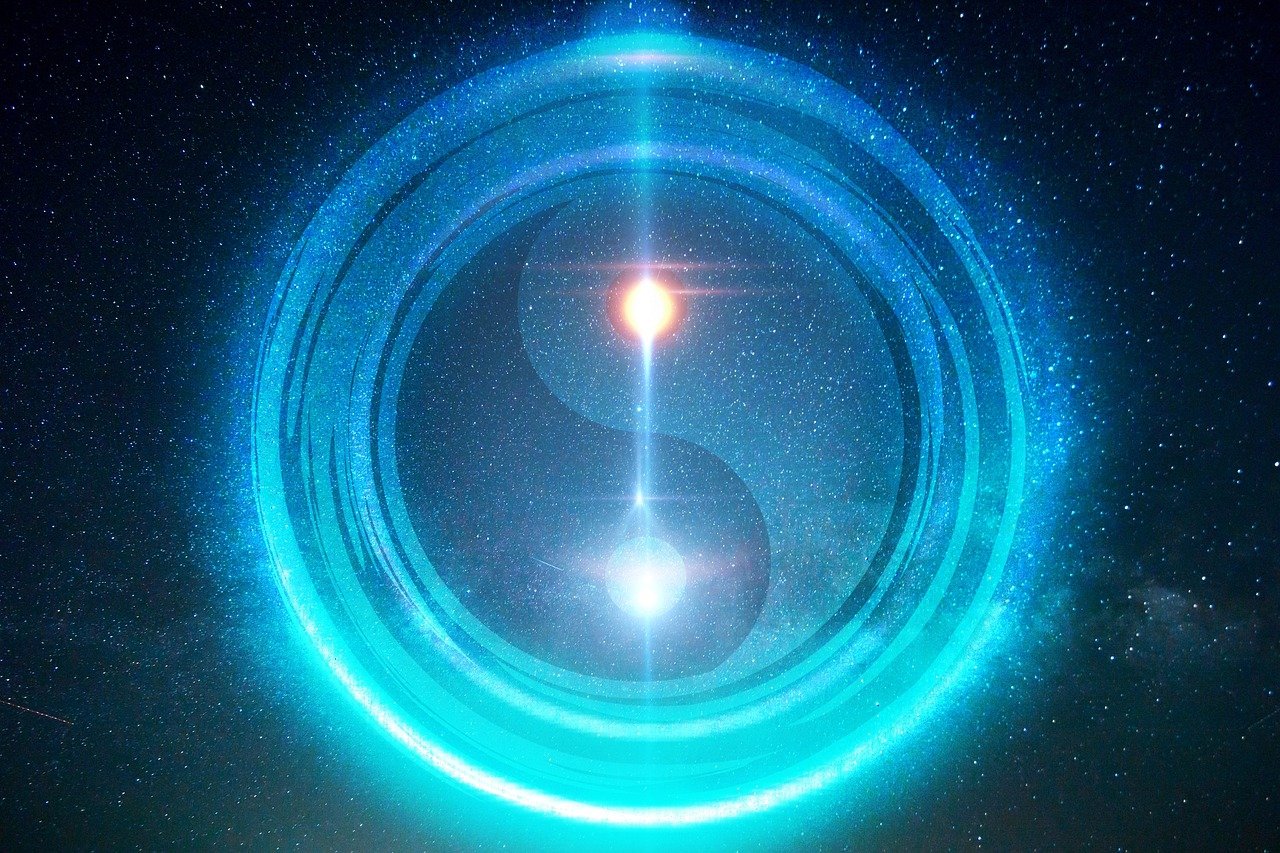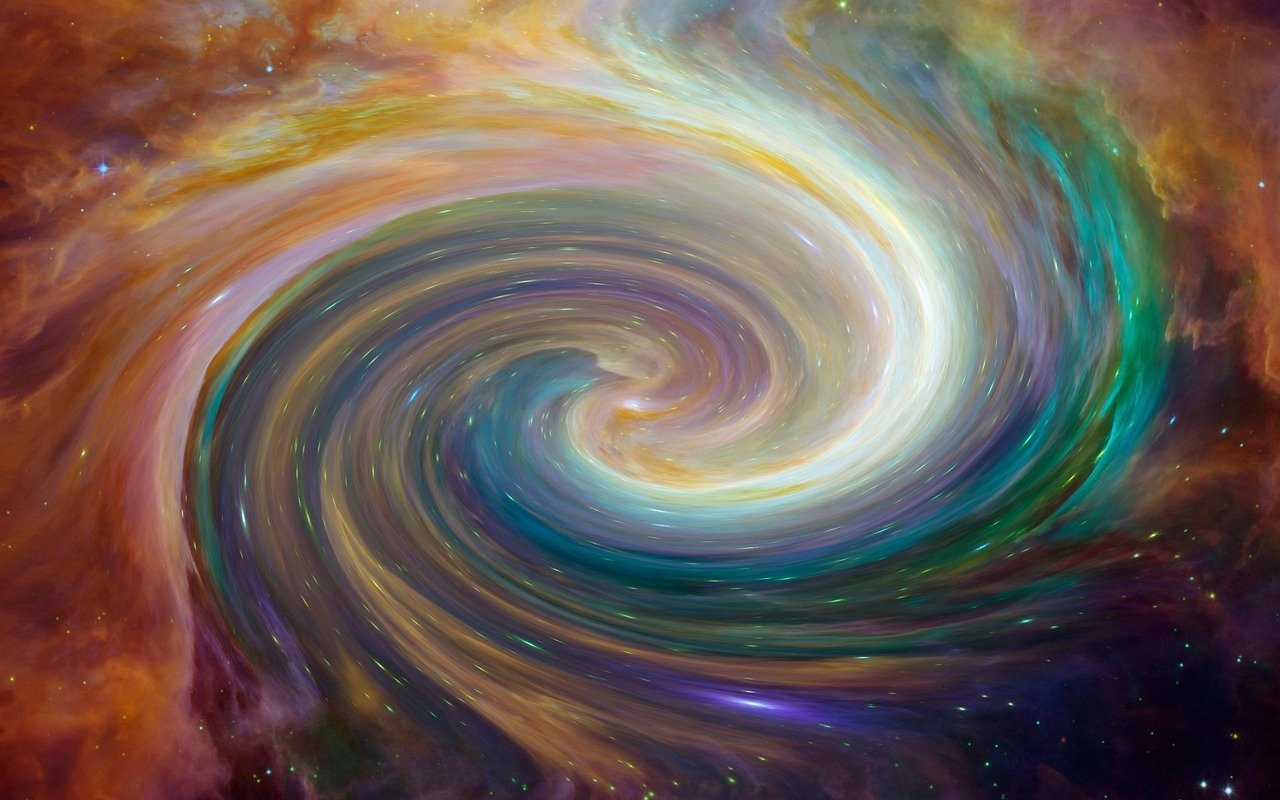The myth of origin
When at last you have climbed the pinnacle
And attained those giddy heights
You will come to the void and nothing
To your mythical beginning
All came from nothing, says the myth
And this is a new decision gate
You can accept it and return to the world
With this truth that you have heard
But see what happens when you take time to think
Another way appears, more fundamental than void
It points to even more infinite origins
The happy Society of the unified
Who tell that the void is their initial dream state
Whenever they go looking to create
Themselves anew, to grow, expand
Creating illusionary kingdoms and lands
So nothing is still part of the illusion
Something many have accepted as the end
Yet for others there is this dimension
Beyond nothing, which is actually, the only truth
The concept of the void, or the primordial nothingness that precedes creation, is a common motif in many mythologies around the world. Let’s compare and contrast how different cultures have imagined and represented the void in their cosmogenic narratives, and what implications it has for their world-view and cosmology.
We can focus on seven examples: the ancient Egyptian myth of Atum and the Ogdoad, the Babylonian Enuma Elish, the Norse Gylfaginning, the Shinto creation myth, the void as seen by Buddhism, The void as seen by Christianity, and the Taoist Dao De Jing and contrast these with the Big-Bang theory.
Ancient Egypt
The ancient Egyptian myth of Atum and the Ogdoad describes the void as a dark and chaotic watery abyss called Nun, from which emerged a mound of earth where Atum, the self-created god, manifested himself. Atum then created the Ogdoad, a group of eight deities that represented the primal forces of nature: four male-female pairs of water, air, darkness, and infinity. The Ogdoad helped Atum to create the rest of the cosmos by separating the sky from the earth, and giving birth to the sun god Ra. The void in this myth is seen as both a source of potentiality and a threat of dissolution, as it contains both the seeds of life and the possibility of returning to chaos.
Babylon
The Babylonian Enuma Elish tells the story of how Marduk, the god of storm and order, defeated Tiamat, the goddess of salt water and chaos, and created the world from her corpse. Tiamat was part of a primordial pair with Apsu, the god of fresh water and wisdom, who together represented the void before creation. Apsu was killed by his offspring, the younger gods, who disturbed his sleep with their noise.
Tiamat then decided to wage war against them, creating an army of monsters and choosing Kingu, her second husband, as her champion. Marduk volunteered to fight Tiamat on the condition that he would become the supreme ruler of the gods. He then split Tiamat in half, using one part to form the sky and the other to form the earth. He also captured Kingu and used his blood to create humans as servants for the gods. The void in this myth is portrayed as a hostile and chaotic force that must be subdued and controlled by a superior power.
The Northern Traditions
The Norse Gylfaginning recounts how Odin and his brothers Vili and Ve killed Ymir, the first giant, and created the world from his body parts. Ymir was born from the void called Ginnungagap, which was bordered by two realms: Niflheim, the land of ice and mist, and Muspelheim, the land of fire and light. From these realms came frost and fire giants, who mingled with Ymir’s sweat and produced more giants.
Odin and his brothers were descendants of Burr, the first god, who was licked out of a salty ice block by a cow named Audhumla. They decided to kill Ymir and use his flesh to make the earth, his blood to make the sea, his bones to make the mountains, his teeth to make the rocks, his skull to make the sky, and his brains to make the clouds. They also took sparks from Muspelheim and made them into stars. The void in this myth is depicted as a neutral and empty space that allows for the emergence of opposites and contrasts.
Shinto
The concept of the void in the Shinto creation myth refers to the state of chaos and formlessness that existed before the heavens and the earth came into being. According to the Kojiki, the oldest surviving document written by the Japanese, there were two kinds of gods that emerged from this void: the Special Heavenly Gods, who were invisible and hidden, and the Seven Generations of Heavenly Gods, who were visible and active.
The first two generations of the latter group were also genderless and had no mates, so they could not create anything. The third generation consisted of two gods, Izanagi and Izanami, who were given a jewelled spear by the other gods and asked to create a new land. They used the spear to stir the ocean, and when they lifted it up, drops of salt water fell from the tip and formed an island.
This was the first of the eight islands that would become Japan. Izanagi and Izanami then descended to the island and performed a marriage ritual, which involved circling around a pillar in opposite directions. However, they made a mistake when Izanami spoke first when they met, which resulted in their first child being deformed. They repeated the ritual correctly, and then gave birth to many other gods and goddesses, including those of the sea, mountains, trees, and fire.
The creation of fire caused Izanami’s death, as she was burned by its flames. Izanagi followed her to the underworld, but failed to bring her back. He then purified himself by washing in a river, and from his body parts sprang more gods and goddesses, including Amaterasu, the sun goddess, Tsukuyomi, the moon god, and Susanoo, the storm god. These three became the most important deities in Shinto mythology, and were regarded as the ancestors of the imperial family of Japan.
Buddhism
The concept of the void (śūnyatā) in is a philosophical idea that refers to the emptiness of all phenomena. It means that nothing has inherent existence, value, or identity, but rather depends on other conditions and causes. The void is not a negative or nihilistic notion, but rather a way of seeing reality as it is, without attachment, delusion, or discrimination. The void is also a state of mind that is free from ignorance, craving, and suffering. By realizing the voidness of oneself and all things, one can attain liberation and enlightenment.
The concept of the void is found in various Buddhist traditions, such as Theravada, Mahayana, and Vajrayana. It is also expressed in different ways, such as the doctrine of dependent origination (pratītyasamutpāda), the two truths (samvṛti-satya and paramārtha-satya), the three marks of existence (anitya, duḥkha, anātman), and the four noble truths (duḥkha, samudaya, nirodha, mārga). The void is also related to other concepts, such as Buddha-nature (tathāgatagarbha), non-duality (advaya), and compassion (karuṇā).
The concept of the void is not easy to understand or explain, as it goes beyond conventional language and logic. It can only be realized through direct experience and insight (prajñā).
Christianity
The concept of the void in Christianity is not clearly defined in the Bible, but it can be understood in different ways depending on the context and interpretation. Some possible meanings are:
- The void as the state of the earth before creation, when it was “without form, and void; and darkness was upon the face of the deep” (Genesis 1:2 KJV). This suggests that the void is a place of chaos, emptiness and darkness, where the Spirit of God can bring order, light and life.
- The void as the state of Sheol, the pit or grave that Jesus spoke about, where everyone goes when they die. Sheol is a place of nothingness and silence, where there is no memory, praise or hope (Psalm 88:10-12; Ecclesiastes 9:10). This suggests that the void is a place of separation from God and his presence, where there is no joy or peace.
- The void as the state of outer darkness, where some will be cast out at the final judgment. Jesus used this term to describe the fate of those who are not worthy of the kingdom of God, where there will be “weeping and gnashing of teeth” (Matthew 8:12; 22:13; 25:30). This suggests that the void is a place of punishment and torment, where there is no mercy or grace.
Some Christians believe that the void can be overcome by faith in Jesus Christ, who died and rose again to conquer death and sin. They believe that Jesus is the way, the truth and the life, who can fill the emptiness of the human heart with his love and presence. They also hope for the resurrection of the dead and the new creation, where there will be no more death, mourning, crying or pain (Revelation 21:4).
The Dao De Jing
The Taoist Dao De Jing describes the void as Dao, or the Way, which is the ultimate reality and principle behind all things. Dao is ineffable and transcendent, beyond words and concepts. It is also immanent and generative, giving rise to all phenomena without being exhausted or diminished.
Dao is both being and non-being, both fullness and emptiness. It is also both active and passive, both creating and letting be. The Dao De Jing says that “Dao produces one; one produces two; two produces three; three produces all things” (chapter 42). This means that Dao manifests itself as a primal unity (one), which then differentiates into yin and yang (two), which then interact and harmonize with each other (three), which then generate all things existing. The void in this myth is conceived as a mysterious and profound source of creativity and wisdom.
The spiritual concept of creation from the void and the scientific theory of the big-bang are often seen as opposing views on the origin of the universe. However, some thinkers have suggested that they may not be mutually exclusive, but rather complementary ways of understanding the same reality.
How do these creation myths relate to the scientific concept of the Big-Bang?
The scientific theory of the big-bang is based on the observation that the universe is expanding and cooling from a hot and dense state that existed about 13.8 billion years ago. This state is called the singularity, and it is considered to be the beginning of space and time. The singularity was not a point in space, but a condition of infinite density and temperature that defied the laws of physics. The singularity exploded in a massive expansion that created all matter and energy in the universe.
Some scholars have argued that this concept is not incompatible with spiritual understandings of a creation from the void, but rather different perspectives on the same mystery. They point out that both concepts imply that the universe came from a state that transcends our ordinary understanding of reality, and that both concepts involve a creative act that brought forth something from nothing. They also suggest that both concepts reflect the limitations of human language and cognition to grasp the ultimate nature of reality, and that both concepts are open to interpretation and revision based on new insights and discoveries.
Therefore, it may be possible to reconcile the spiritual concept of creation from the void with the scientific theory of the big-bang, if we acknowledge that they are not literal descriptions of what happened, but symbolic expressions of our awe and wonder at the mystery of existence. They may be different ways of telling the same story, using different languages and metaphors. They may be complementary rather than contradictory ways of exploring the same question: where did we come from?











Truth of Self › Forums › The void explored
Tagged: big bang, buddhisn, Christ, christianity, egypt, egyptian, existence, genesis, northern traditions, shintodao, tao, the void, Void